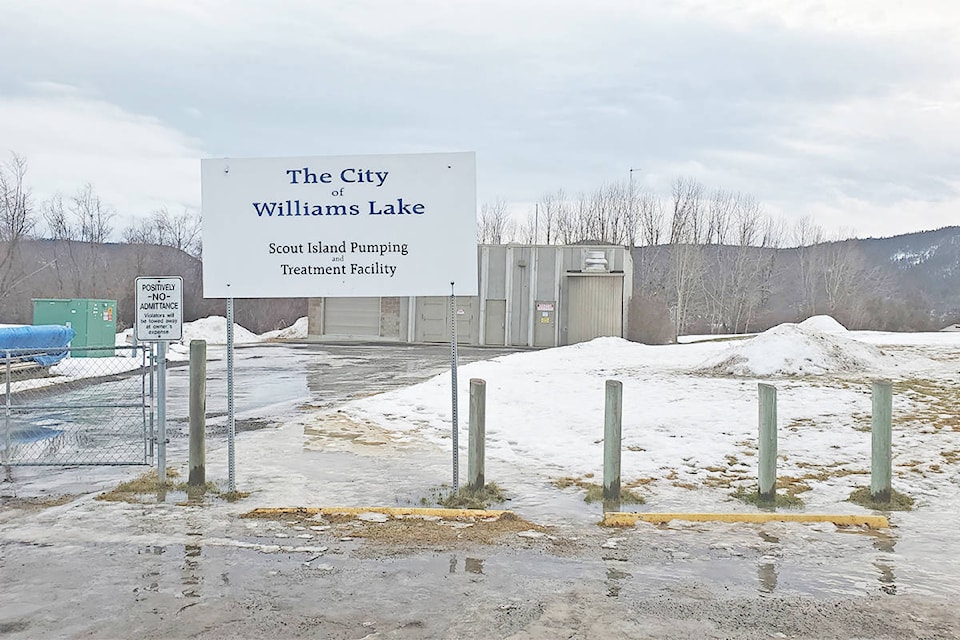Building a water treatment plant to reduce manganese in Williams Lake’s drinking water will be costly.
In April 2019, Health Canada set a maximum acceptable concentration of manganese in drinking water at 0.12 milligrams per litre.
As Williams Lake’s levels range from 0.12 mg/L to 0.25 mg/L the City responded immediately by issuing a water quality advisory which remains in place.
Read more: Williams Lake’s drinking water manganese slightly above new Health Canada guidelines
The City also hired True Consulting to prepare a feasibility study which city council received in draft form at Tuesday’s committee of the whole meeting.
True Consulting’s Dan Colgate told council a plant would cost at least $14,987,000, plus another $1.5 million to add a water softener.
If the City receives a federal infrastructure grant its share would be at least $3,997,220.
The report included three options and associated costs.
A biological manganese reduction system would cost $14,987,000, pressure media filtration or Greensand has a price tag of$16,746,075, while coagulation and membrane filtration is the most expensive option at $26,263,913.
“This could potentially be the biggest project that the City’s involved with ,” Colgate said.
In 100 Mile House and 108 Mile House they are using biological manganese reduction, in Clinton a coagulation and membrane filtration and Cache Creek has the Greensand system.
City staff will be preparing a grant application to the federal government for submission by the Feb. 26 deadline and prepare a report to council for its Tuesday, Jan. 28 regular council meeting.
Gary Muraca, director of municipal services and public works, said cities in Canada were put on notice about eight years ago that manganese levels in water would have to be addressed.
Read more: No increase for Williams Lake water and sewer rates for 2020
When asked about the likelihood of Health Canada coming out with future changes to the guidelines, cities again would get advance notice, he added.
On its website, Health Canada notes humans need to consume small amounts of manganese to be healthy but too much in drinking water can lead to some adverse health effects and drinking water that contains high levels of manganese, even for a short time, can be a health risk to infants.
There are two categories of treatment units capable of reducing manganese in water in homes.
Units installed directly at the tap: used to reduce specific contaminants at one tap only (point of use units). Reverse osmosis is the most effective and reliable way to reduce manganese levels in drinking water that will be used for drinking and food preparation.
Units installed where the water supply enters the home: used to reduce specific contaminants in water in the entire household (point of entry units). Water softeners and manganese “greensand filters” can be used to reduce the potential for discoloured water and staining of laundry. Greensand filters require careful maintenance to ensure that they are effectively removing manganese.
Currently, there are no reverse osmosis units that are certified specifically for manganese removal. However, a unit that is certified to remove other metals, such as arsenic or lead, will also be effective for manganese removal. Periodic testing should be conducted on both the water entering the treatment unit and the finished water to verify that treatment is effective.
news@wltribune.com
Like us on Facebook and follow us on Twitter
